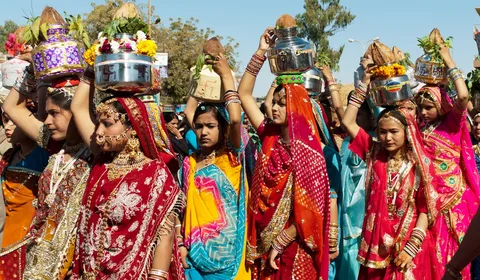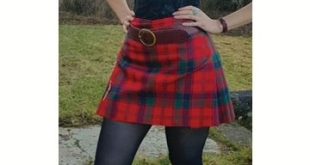Do Sarees Wear have Anything to do with the Weather? A question that always causes a stir among the lovers of traditional garments. The elegant drape of a saree, a timeless garment steeped in cultural significance, goes beyond just being a fashion statement. The type of saree worn, its fabric, and even how it is styled can be subtly—or sometimes quite obviously—shaped by the weather.
Let’s delve into the fascinating connection between sarees and the climate. In this post, we will explore the answer to the question: “Do Sarees Wear have Anything to do with the Weather”.

Fabric and the Elements: A Perfect Match?
The weather plays a pivotal role in saree selection. Different fabrics provide varying levels of comfort and suitability depending on the season.
Do Sarees Have Anything to do with the Weather: Summer Sarees: Light and Breathable
During hot and humid summers, lightweight, breathable fabrics are essential. Here are some excellent options:
- Cotton: A classic for summer, cotton sarees are comfortable, absorbent, and keep you cool and dry.
- Linen: Linen sarees offer excellent breathability and a more luxurious feel compared to cotton.
- Chanderi: Known for its sheerness and delicate texture, Chanderi sarees are perfect for warm summer evenings.
- Lightweight Silk: Some varieties of silk, like mulmul silk, are surprisingly light and airy, making them suitable for warmer weather.
Winter Sarees: Warmth and Elegance
When the temperatures drop, heavier fabrics are needed for warmth. Popular winter saree choices include:
- Banarasi Silk: The dense weave of Banarasi silk provides insulation and warmth for cold weather.
- Kanjeevaram Silk: Known for its luxurious feel, Kanjeevaram silk sarees offer both warmth and elegance for winter events.
- Velvet: Velvet sarees provide exceptional warmth, creating a rich, opulent look, though they’re better suited for cooler climates.
- Brocade: The intricate woven patterns of brocade sarees provide warmth along with a striking visual appeal.
Monsoon Indian Sarees: Navigating the Rains
The monsoon season presents unique challenges, and sarees made of fabrics that dry quickly and resist stains are ideal:
- Cotton (again!): Cotton sarees are perfect for the rains due to their absorbency and quick-drying properties.
- Silk (with Caution): While some silks can handle light rain, it’s best to avoid delicate silks in heavy downpours.
- Synthetic Fabrics: Fabrics like polyester dry quickly but tend to be less breathable and comfortable than natural fabrics.
Styling and the Weather: Practical Considerations
The way a saree is styled can also be adjusted based on the weather.
- Sleeves and Blouses: Opt for sleeveless or short-sleeved blouses in the summer, while warmer sleeves are a good choice for colder months.
- Layering: A light shawl or stole can add warmth during cooler weather, while it can be left aside in warmer temperatures.
- Jewelry: Heavier jewelry can feel uncomfortable and cumbersome during hot, humid days.
Beyond Fabric: The Influence of Color
While not directly related to the weather, color choices can also reflect the season. Lighter colors tend to dominate in the summer, while darker, richer tones are often preferred during winter.
Conclusion: A Harmonious Blend
Choosing a saree goes beyond mere aesthetics; it is often a practical decision based on the weather. By selecting the right fabric and styling, you can ensure your saree is not only beautiful but also comfortable and suited to the prevailing climate. From the lightweight cotton sarees for summer to the warm Banarasi silk for winter, the saree’s versatility showcases its timeless appeal and its connection to the changing seasons.



